Scientists said on June 20 that the newly identified dinosaur, named Lokiceratops rangiformis, was about 6.7 meters long and weighed about 5.5 tons. It used its powerful beak in the front of its mouth to search for low-growing vegetation such as ferns and flowering plants.
Lokiceratops had two curved horns over 40 cm long above its eyes, small horns on its cheeks, and blades and spikes along its extended head shield.
On this frill, it had at least 20 horns, including a pair of asymmetrical, blade-shaped curved horns, each about 61 cm long. These were the largest frill horns ever observed on a dinosaur.
These blade-like horns are reminiscent of the Norse trickster god Loki's weapon, a trait reflected in its scientific name. Lokiceratops rangiformis means "Loki's horned face" and "reindeer-shaped," referring to the fact that its frill has horns of varying length on each side, resembling reindeer antlers.
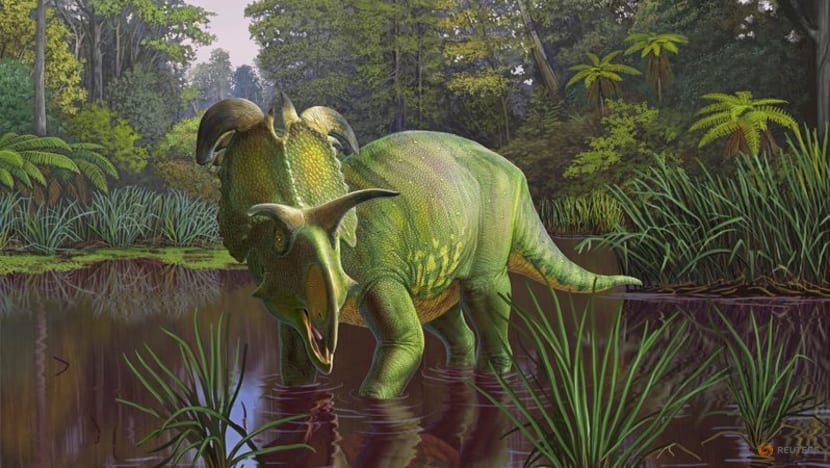
The Cretaceous period horned dinosaur Lokiceratops, whose fossils were unearthed in the badlands of Montana, USA. Photo: Sergey Krasovskiy
It was one of numerous horned dinosaurs, known as ceratopsians, that roamed western North America during the Cretaceous Period at a time when a great inland sea split the continent in two.
Lokiceratops' horns and frill were likely used to intimidate rivals, attract mates, or recognize members of its own species, according to paleontologist Joe Sertich of the Smithsonian Tropical Research Institute and Colorado State University, co-lead author of the study published in the journal PeerJ.
The Lokiceratops fossil was unearthed at a site in Montana, about 2.2 miles (3.6 km) south of the US-Canada border. Lokiceratops inhabited the forested coastal plains, lakes, and swamps along the eastern coast of Laramidia, the landmass that comprises western North America.
Ceratopsians have two main groups: chasmosaurines, which include the largest horned dinosaurs Torosaurus and Triceratops; and centrosaurines, such as Lokiceratops. Dinosaurs in these two groups may have had different diets, minimizing competition for resources. Ceratopsians had mouths filled with more than 200 teeth that could tear apart vegetation.
Surprisingly, Lokiceratops is one of five species of horned dinosaurs that shared the same ecosystem. The other four were centrosaurines, including two close relatives of Lokiceratops, Medusaceratops and Albertaceratops. Paleontologist and study co-author Mark Loewen of the University of Utah, Loewen describes it as like finding five species of elephants living on the same savanna in Kenya.
The presence of all these animals together suggests that rapid evolution of new centrosaurine species occurred in a limited geographic area, says paleontologist Sertich.
Other dinosaurs in this ecosystem included the herbivorous duck-billed dinosaur Probrachylophosaurus and a large carnivorous dinosaur, known only from fossil teeth and yet to be named, that was a descendant of the later T-rex. Lokiceratops was the largest herbivore in this ecosystem.
Ngoc Anh (according to Reuters)
Source: https://www.congluan.vn/khung-long-o-my-co-sung-luoi-kiem-giong-than-lua-loc-loki-post300248.html






















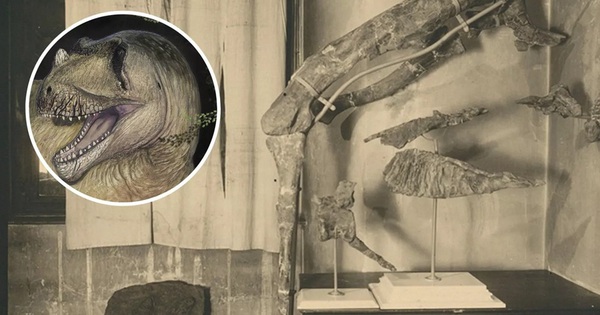


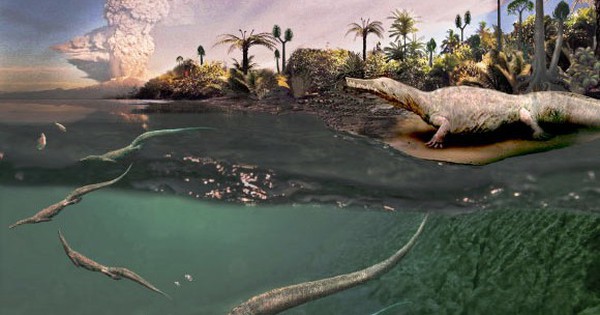

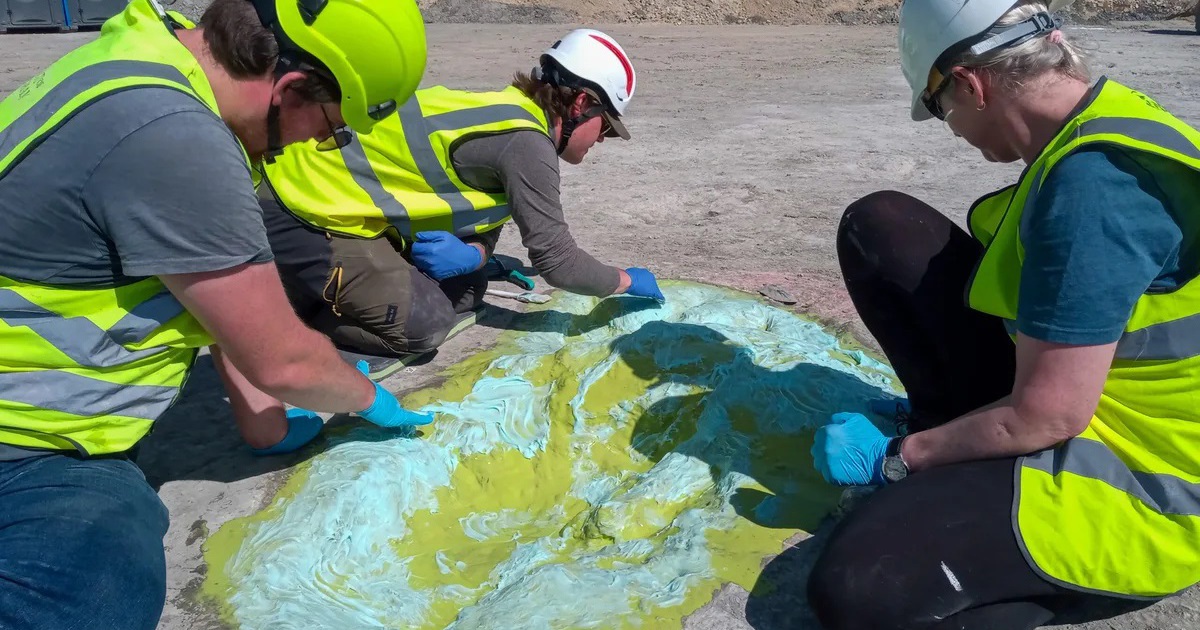

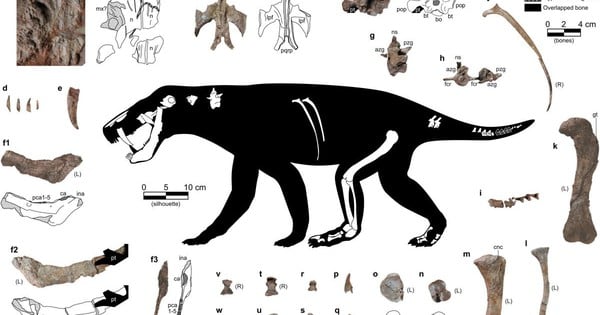





























Comment (0)